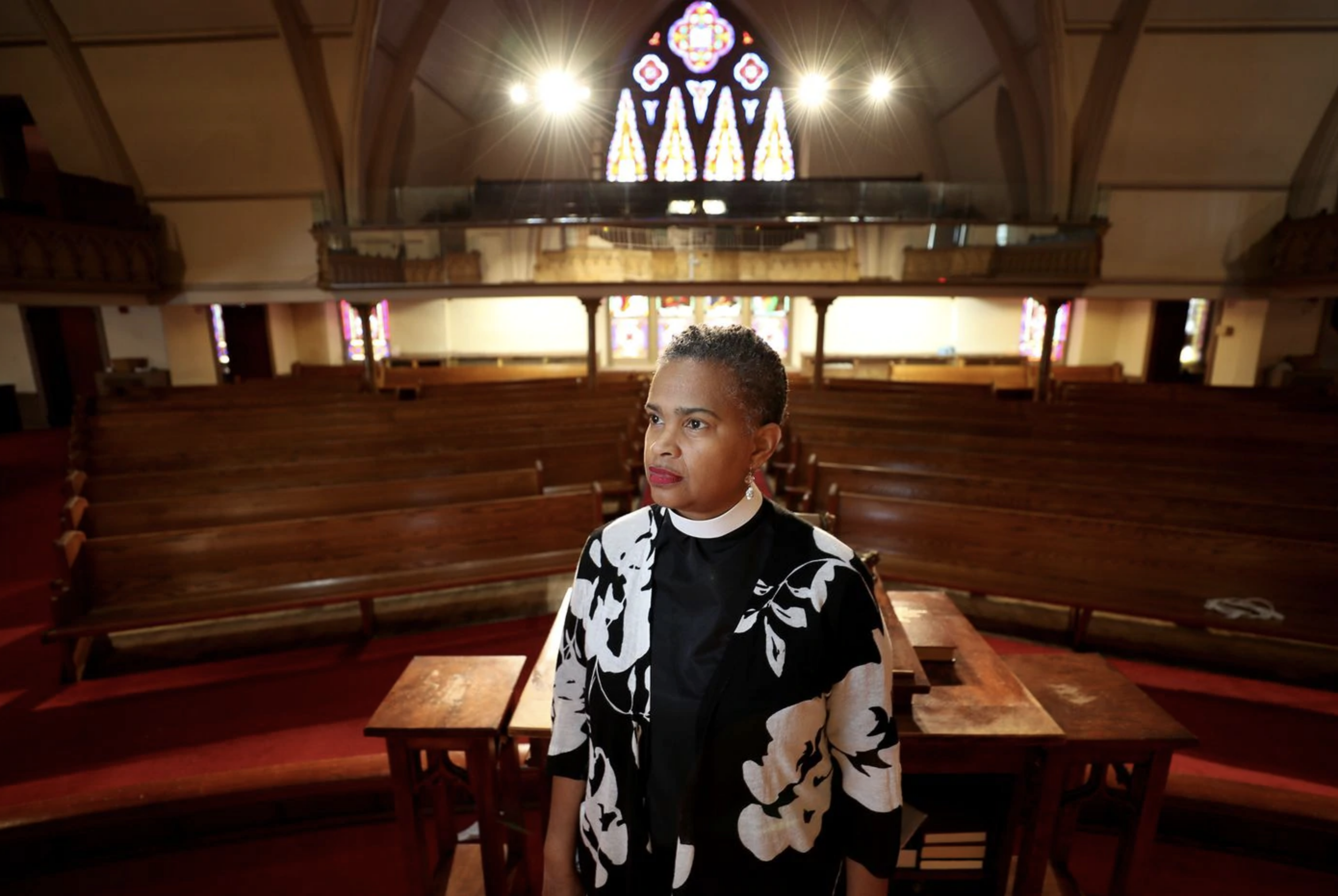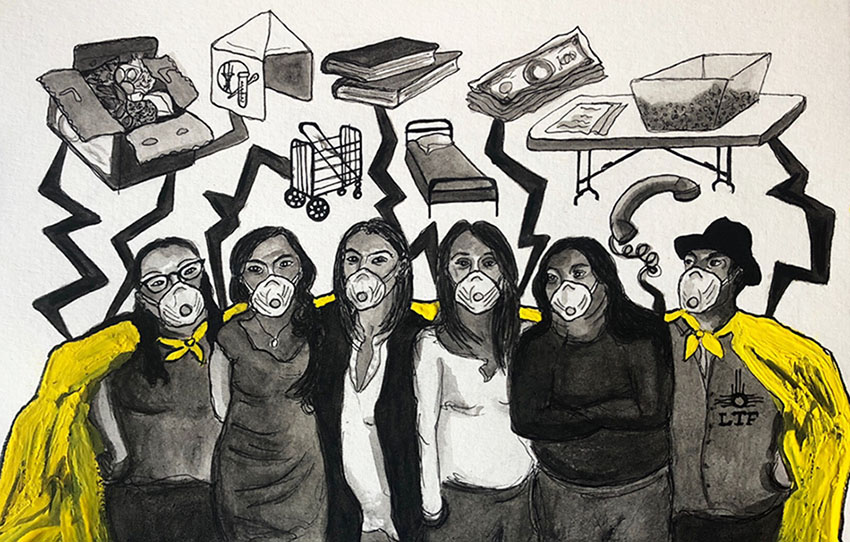
Since its launch in January 2019, the Pulitzer Center’s “Bringing Stories Home” initiative has approved and supported over 48 projects. Funded in part by an endowment gift from the Facebook Journalism Project, “Bringing Stories Home” is designed to help U.S. newsrooms cover the big, underreported stories that affect us all—and through education and other outreach promote the public engagement that is essential if our democracy is to thrive. Other funders of "Bringing Stories Home" projects include the Howard Hughes Medical Institute, the Omidyar Network, and the Rockefeller Foundation. Outlets in a number of states have been offered support to pursue in-depth reporting of issues including the COVID-19 pandemic, deportation, climate change, and tax reform.
Since our previous “Bringing Stories Home” report, we have:
- Approved and launched more than 15 Connected Coastlines projects, which have informed local readers of the challenges posed by climate change on coastal areas across the country
- Supported the Prairie State Museums Project, which has resulted in 35 stories on how COVID-19 is affecting local museums in Illinois
- Funded “63106,” which provides a look at how one vulnerable St. Louis zip code is coping with the coronavirus pandemic
Below, grantees and editors from nine recent “Bringing Stories Home” projects reflect on their reporting and the importance of Pulitzer Center’s support in bringing those stories to local audiences.
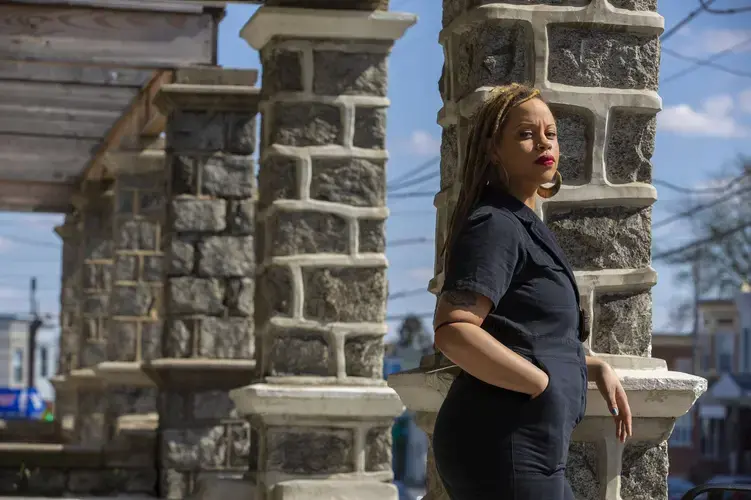
“Portraits of a Pandemic”
Across every facet of society, from healthcare to education, women and communities of color have been affected disproportionately by the COVID-19 pandemic. To chronicle the impact of coronavirus on the daily lives of women in Philadelphia, grantee Errin Haines created “Portraits of a Pandemic,” a collaboration between The Philadelphia Inquirer and The 19th, a non-profit newsroom focused on the intersection of gender and politics.
A poet, an activist, a pastor, and a teacher were just some of the women Haines’s Pulitzer Center-supported reporting profiled throughout the city. During the project, Haines said she kept reflecting on “who isn’t being seen, and how can I make sure that they are seen and that we don’t leave them out of this? Because if we’re not writing about certain folks, then it’s like the pandemic didn’t happen to them or that they weren’t part of our country’s story in this moment, and I don’t think that’s right.”
Haines, who serves as the editor-at-large for The 19th, admitted, “As somebody who covers politics…I was pretty bummed out when the campaign trail went away under our feet in a matter of days, but this [project] honestly has been some of the most rewarding work that I’ve been able to do since I started this role.”
Pulitzer Center support enabled The 19th, which fully launched in August, to expand the scope of “Portraits of a Pandemic” and collaborate with larger local publications. “Fortunately, [the Pulitzer Center] also saw wisdom in the idea and decided to support us, and the partnership has actually been really great because our first local publishing partner came out of this, as well: The Philadelphia Inquirer and The Lenfest Institute,” Haines said.

“Beyond the Border”
A team at The Seattle Times came to the Pulitzer Center with a question: what happens after deportation? The investigation by grantees Tyrone Beason, Corinne Chin, and Erika Schultz featured stories of individuals and families living in Mexico after being deported or awaiting consideration for asylum..
"These stories are important for our community because these are Washington State residents who have been deported, and no one in our region has been able to tell their story beyond deportation," said Danny Gawlowski, assistant managing editor at The Seattle Times. "This will expand our community's understanding of immigration issues by continuing coverage beyond the border."
The team behind "Beyond the Border" has published four in-depth pieces at The Seattle Times. The most recent installment is a visual project about femicide in Ciudad Juárez, Mexico, paired with poetry from the Washington state poet laureate, Claudia Castro Luna. In spring 2020, the Pulitzer Center, The Seattle Times, and the Elliot Bay Book Company had planned a conversation focused on the local reporting and Castro Luna's poetry, but the event was cancelled due to the pandemic.
"I can say for certain that we would not be able to do any of this coverage without the assistance of the Pulitzer Center," Gawlowski said. "This series was just an aspirational idea but became a reality because of your support."

“A Deadly Shade of Green”
What do "clean and green" really mean when it comes to hydroelectric energy? When Indigenous communities and the environment became threatened by Canada's so-called "green" dams, reporter Matt Hongoltz-Hetling began his investigation.
"In the wake of a flurry of aggressive commitments to combat greenhouse gas emissions, New England lawmakers are scrambling to find new sources of renewable energy, and Canada's exported large scale hydro is an appealing option," Hongoltz-Hetling said. He felt that the public was in need of more information on large-scale hydroelectric power.
Some of the environmental consequences revealed in their reporting included the release of methylmercury, a naturally occurring toxin that can make its way up the food chain. "The Inuit have never abandoned that [wild-caught food] model, and it's ironic that their sustainable way of life is threatened by energy projects that are billed as a way to combat climate change," Hongoltz-Hetling said.
So far, Hongoltz-Hetling and photographer Michael G. Seamans have published 11 pieces related to the hydroelectric investigation. The extensive reporting and photojournalism featured in "A Deadly Shade of Green" led to local government action.
“In Maine, our reporting helped to inform a successful petition drive to create a ballot question that, if approved, would block a billion-dollar energy transmission line that will otherwise carry Canadian hydropower through Maine's vitally important North Woods,” Hongoltz-Hetling said.
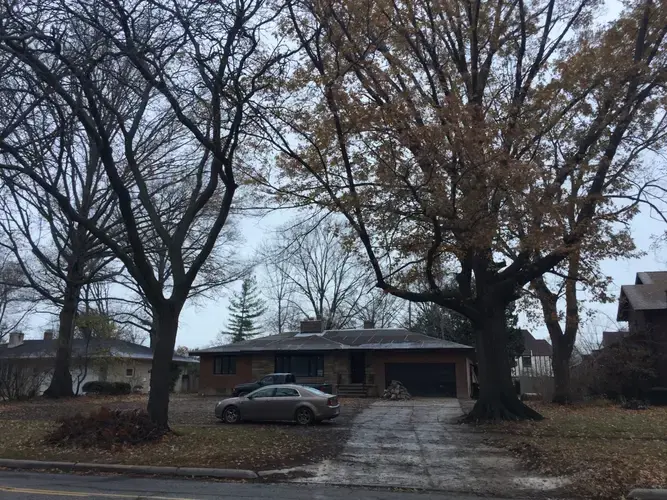
“Ohio Property Records”
Through a legal loophole that allows businesses to avoid property taxes, commercial property sales have increasingly taken advantage of Ohio taxpayer money. Throughout 5-10 months of data gathering and analysis, the Eye on Ohio team's “Bringing Stories Home” project came to fruition.
“We were shocked that most people we interviewed had no idea how property taxes were calculated, even most lawyers,” said Lucia Walinchus, executive director of Eye On Ohio. She noted that the story is of particular importance to the communities of small businesses throughout Ohio.
"An auditor knows the approximate value of a $200,000 property," Walinchus said. "But did a large apartment complex sell for $25 or $26 million? It’s hard to guess. Yet that extra million is worth thousands of dollars in tax revenue.”
Eye on Ohio’s reporting was picked up by 36 different news outlets to reach an estimated audience of 500,000. Their local coverage led to the creation of a bill by a bipartisan group of lawmakers, and the Ohio Supreme Court issued an opinion that made structuring those deals much harder.
"We can't thank the Pulitzer Center enough," Walinchus said. “This was a mammoth undertaking for a small newsroom, and without [Pulitzer Center] support, this story would not be told.”
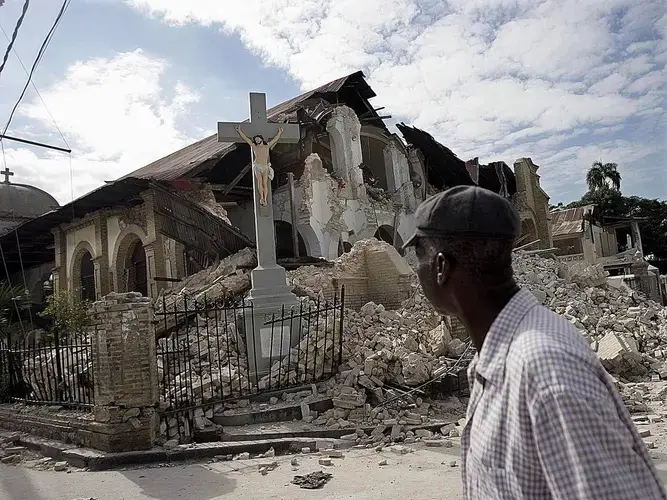
“Haiti Earthquake: Ten Years Later”
In 2010, Haiti experienced the largest natural disaster to hit the western hemisphere in modern times when a devastating earthquake struck. Miami Herald correspondent Jacqueline Charles first reported from the earthquake, which left 316,000 dead and 1.5 million injured. As the 10-year anniversary of the disaster approached, Charles knew she wanted to return to Haiti and determine what happened to the promised $11 billion in aid from the international community.
“What my reporting did was shed light on Haiti's rebuilding a decade after the quake," Charles said. "For readers who may not have followed this story, it also informed them about the money and debunked a common held belief by some that former President Bill Clinton and his wife, ex-U.S. Secretary of State Hillary Clinton, enriched themselves from the response. This was not at all the case.”
Support from “Bringing Stories Home” allowed Charles and photographer Jose A. Iglesias to travel to Haiti on two occasions and publish eight stories for the Miami Herald. "10 years after Haiti's massive earthquake, the country is still struggling to rebuild and the billions promised remain unaccounted for," Charles said.
For her local audience, Charles felt that her Pulitzer Center-supported reporting was informative and well-received. "It also provided answers to some individuals who were unclear about the money and the rebuilding."
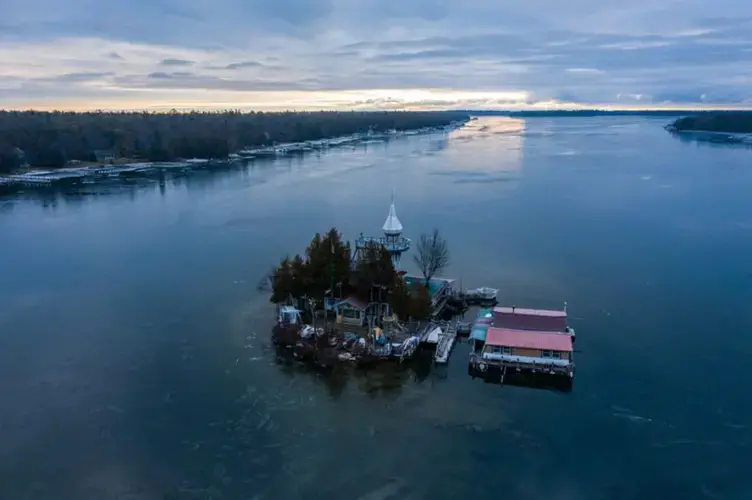
“Climate Change: Great Lakes, High Stakes”
The Great Lakes are the source of 20 percent of the world's freshwater and are under multiple threats from the progression of climate change. Tony Briscoe, environmental reporter for the Chicago Tribune, wanted to show how communities on the Great Lakes are responding to those threats and changes.
Briscoe examined changing water levels, harmful algae blooms, and freshwater dead zones. “In our Lake Erie story on dead zones, we learned how dead zones in freshwater ecosystems can contribute to lead exposure in drinking water,” Briscoe said. "The primary concern, however, was due to low-oxygen water changing the chemistry of the water, which could potentially pose health risks to communities who get their drinking water from Lake Erie."
Briscoe said that his Pulitzer Center grant allowed him to dedicate more time to his project, which is crucial to the local communities that source drinking water from the Great Lakes. "I likely wouldn’t have been granted the time or travel resources without funding from the Pulitzer Center," he said. "It allowed for a week-long stay that was crucial for my reporting."
Support from “Bringing Stories Home” led to the publication of six stories on the Chicago Tribune's website. Briscoe says that the reporting so far has encouraged a lot of discussion from public officials and environmental groups.
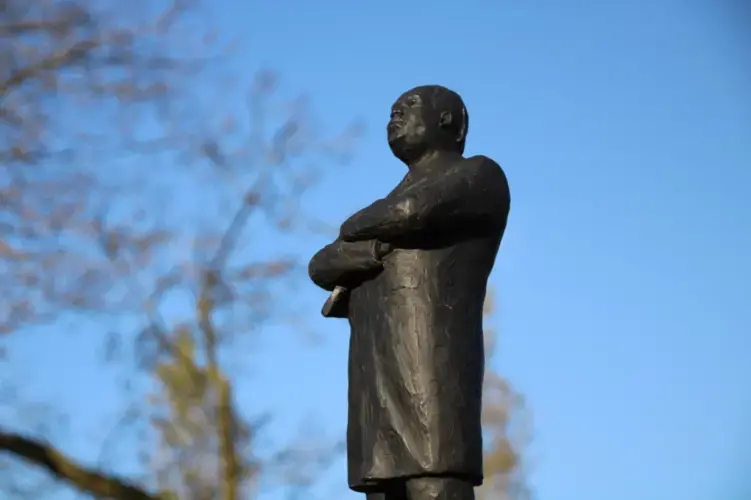
“A Tale of Three Kings”
When the Kansas City, Missouri, city council voted to rename a beloved historic boulevard after Martin Luther King Jr., they received pushback from the majority Black community surrounding the street. KCUR reporter Michelle Tyrene Johnson set out to visit three different cities—Amsterdam, Dakar, and Memphis—to determine how Dr. King's legacy is preserved elsewhere through street names.
Johnson's reporting helped her define the importance of symbolism in a culture. "What became painfully obvious was that the signage was simply an attempt to short-hand opposition to racist views and action," said Caitlin Hendel, director of institutional giving and communication at KCUR. "We wanted to turn the conversation away from a fight over the window dressing of a street sign and toward the action it will take to extend Dr. King's legacy."
A week after the airing of Johnson's series, KCUR hosted a community event at a local Black culture center. Hendel said that the participation among Black Kansas Citians indicated the strong local response to the radio series. "Much of the conversation evolved toward the issue of how well we are educating our students about King, his work and his mission, a subject that drew deeply passionate comments from those in the audience," she said.
Support from the Pulitzer Center allowed Johnson to expand her story from the Kansas City area to multiple cities. “She could not and would not have traveled to Memphis, much less Amsterdam and Dakar, without this grant," Hendel said. "It took a courageous determination for Michelle to travel solo to three distinctly different areas of the world, and that level of support gave her the confidence she needed to carry out her vision."
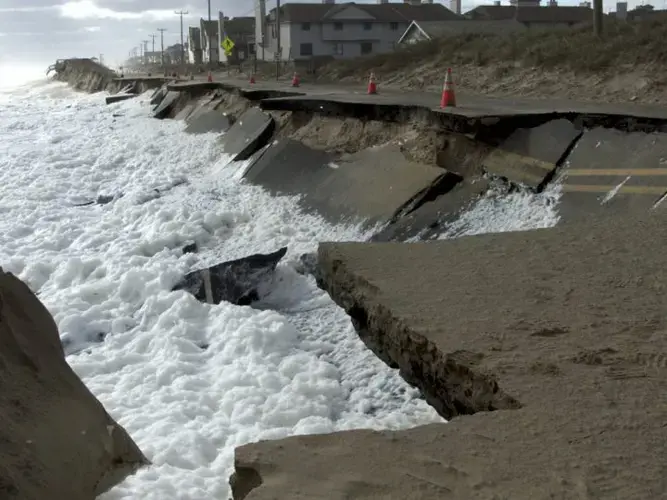
“Changing Minds on Climate Science”
In 2012, North Carolina’s legislature banned the use of a scientific report that predicted sea levels could rise 39 inches over the next 100 years along the state’s coast. Since then, North Carolina has been battered by record-setting hurricanes, and saltwater intrusion has inundated fields and forests. In a Pulitzer Center-supported project, a team of reporters at Coastal Review Online (CRO) set out to report on how these developments have shaped residents’ views on climate science.
“As we reported in some of our stories in the series, people see these changes, but they don't always think of it as sea level rise or climate change,” CRO Editor Mark Hibbs commented. “They have other explanations for what's going on. But the fact is they see the changes happening. The result of that is there is some action.”
Thanks to “Bringing Stories Home” funding, CRO published a dozen articles covering the effects and reactions to climate change in the region, including hurricane recovery in small towns and plans for resiliency policies at the state level. “I hope folks see that homes and life here on the coast are threatened by sea level rise and the changes that we're seeing,” Hibbs said. “It's going to require a different approach, it's going to require more long-term thinking and planning, and more vigilant enforcement of coastal policy.”
“I think the series has been well received,” he continued. “We certainly get feedback from the educational institutions and the scientists and the museum curators and people that we've reached out to in putting together these stories. Their networks have helped amplify our reach in getting these stories out.”
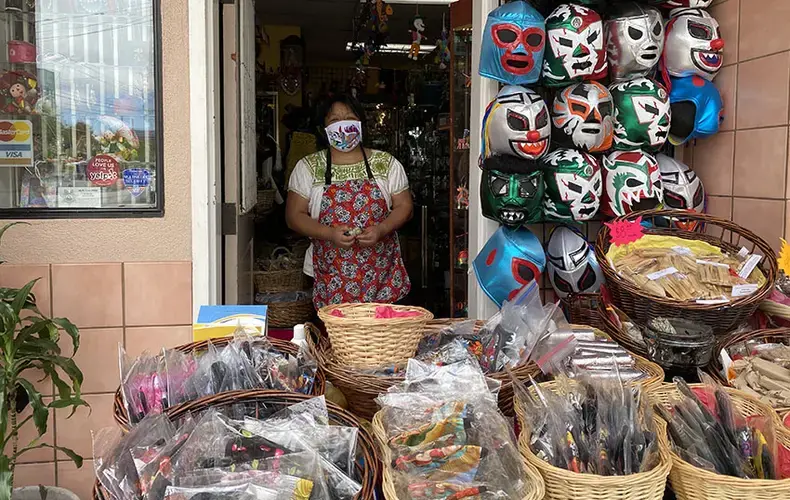
“How Do We Survive?”
When the COVID-19 pandemic reached San Francisco’s Mission District, Mission Local’s staff asked themselves how they could better serve the district’s monolingual Spanish-speaking community. As lines at food pantries and free markets grew, the news outlet’s Pulitzer Center-supported reporting covered the challenges faced by the Latinx community amidst the pandemic.
“Mission Local’s website has now become bilingual again which is an extra expense, but this is public service, and it's what we’re going to do,” Mission Local Founder and Executive Editor Lydia Chávez reflected. "We benefit from it as well because we’re connecting to people in ways we haven’t before, and we hope to build on that.”
In addition to translating all their coverage into Spanish, Mission Local initiated a Spanish-only texting service to bring news and updates to reach those without broadband internet or a computer. The changes have helped bring the reporting project’s personal stories to a wider audience. “It would be my hope that this project’s stories are not just full of numbers and statistics, and instead give readers a sense of who these people are,” project organizer and editor Sindya Bhanoo said.
“Reporting on the lives of people from marginalized communities has been really important, and I think there should be a record of their stories,” Bhanoo added. “The Pulitzer Center’s funding has been really helpful in creating that for the Mission District.”
Editor's note: This article was updated on August 14, 2020 to correct the status of an event referenced in the "Beyond Borders" profile to canceled, as well as to clarify language on the individuals featured in "Beyond Borders."
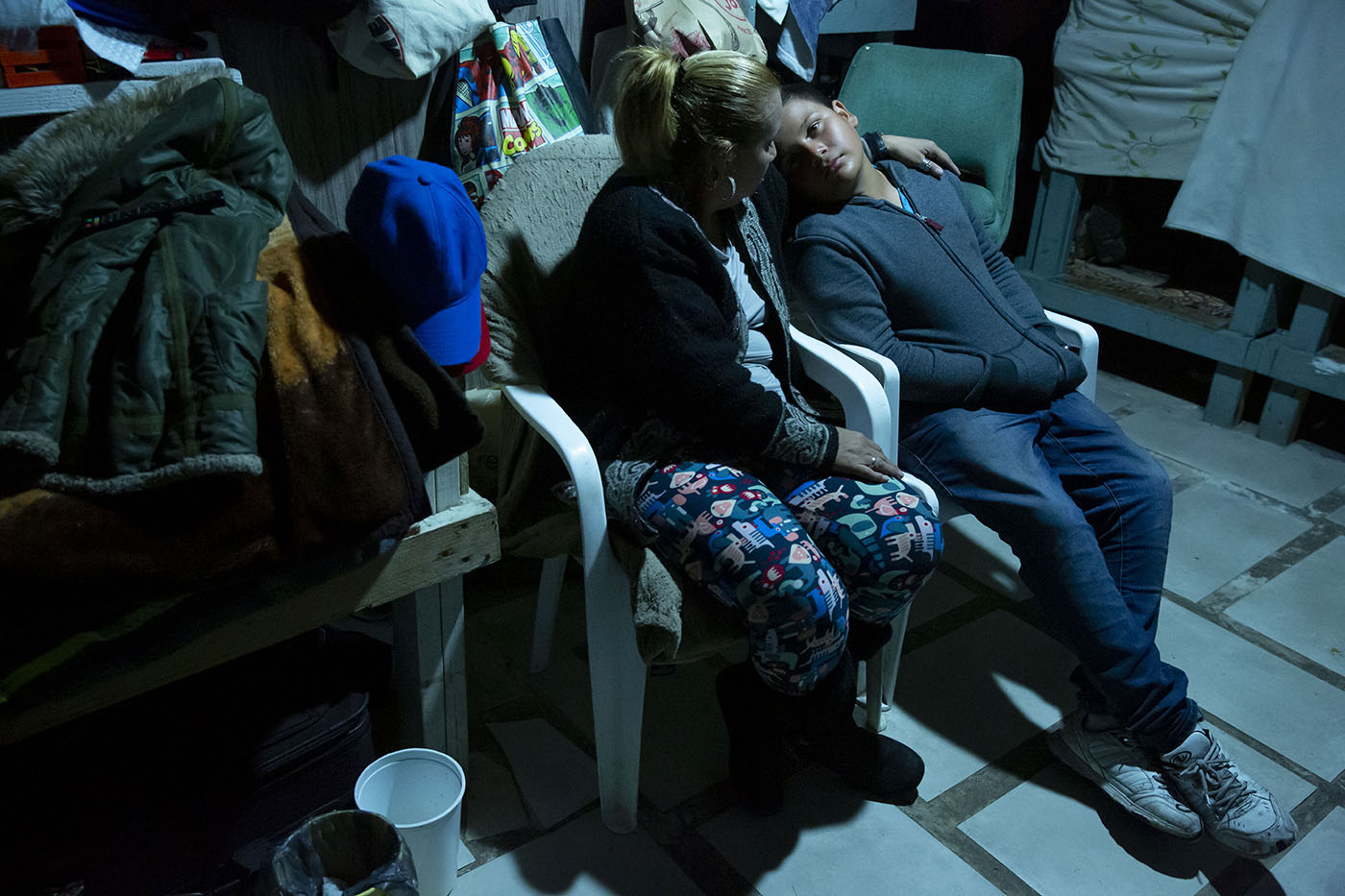
Project
Beyond The Border
Life after deportation: The Seattle Times explores how families—including those with American...
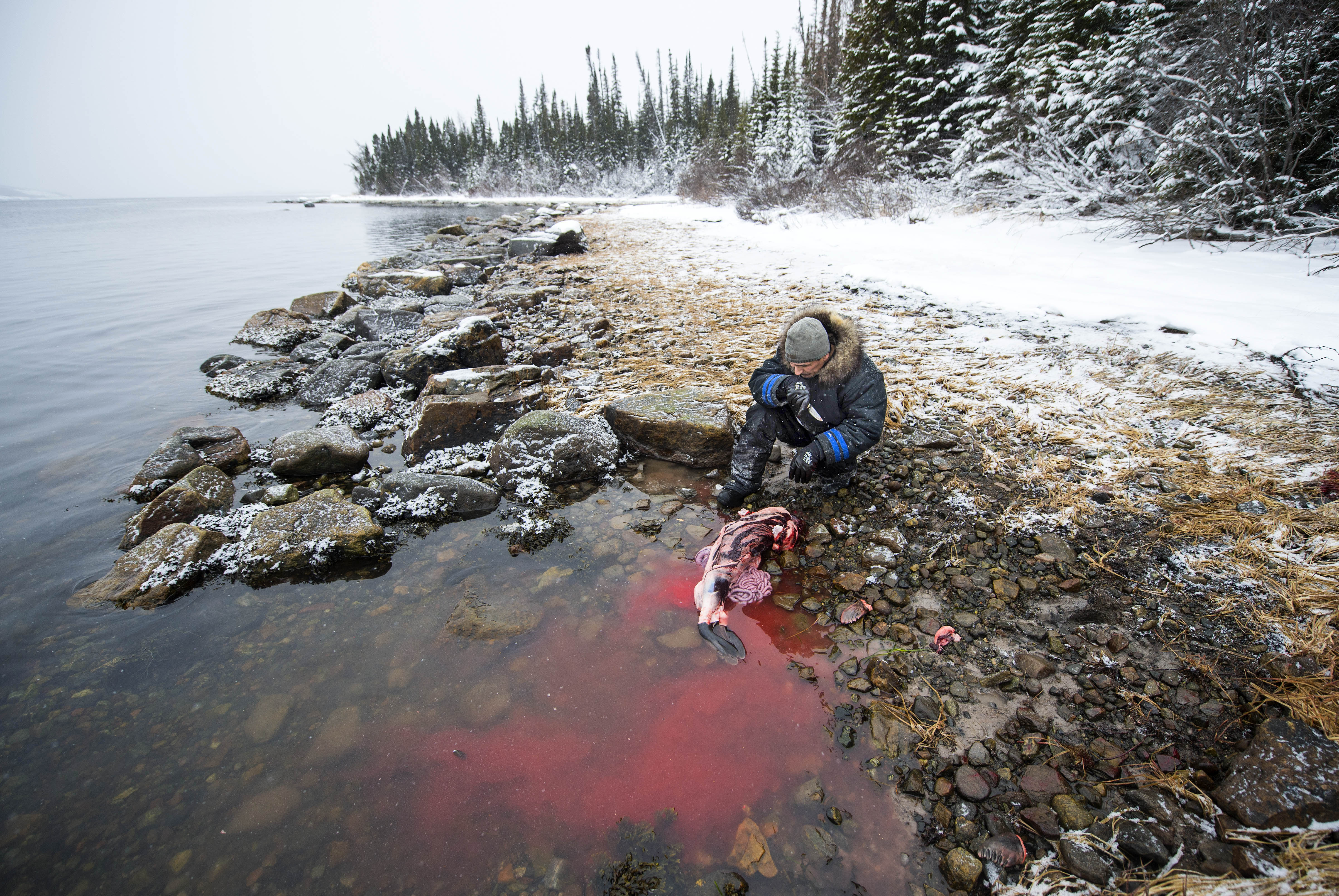
Project
A Deadly Shade of Green
Canada wants to supply New England with cheap, "clean" hydropower. But the region's mega-dams carry...

Project
Ohio Property Records
Ohio is one of the largest states in the nation. But a strong tradition of local rule makes finding...
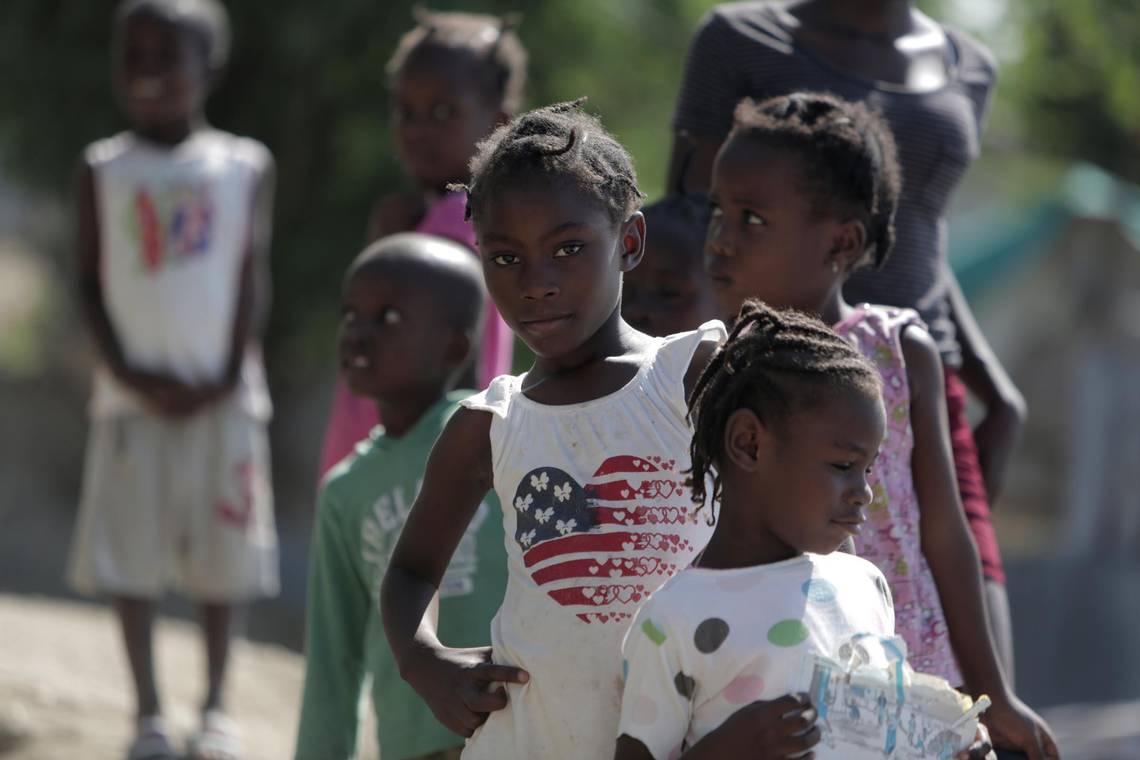
On Jan. 12, 2010, Haiti suffered its most devastating disaster. More than 300,000 souls were lost, 1...
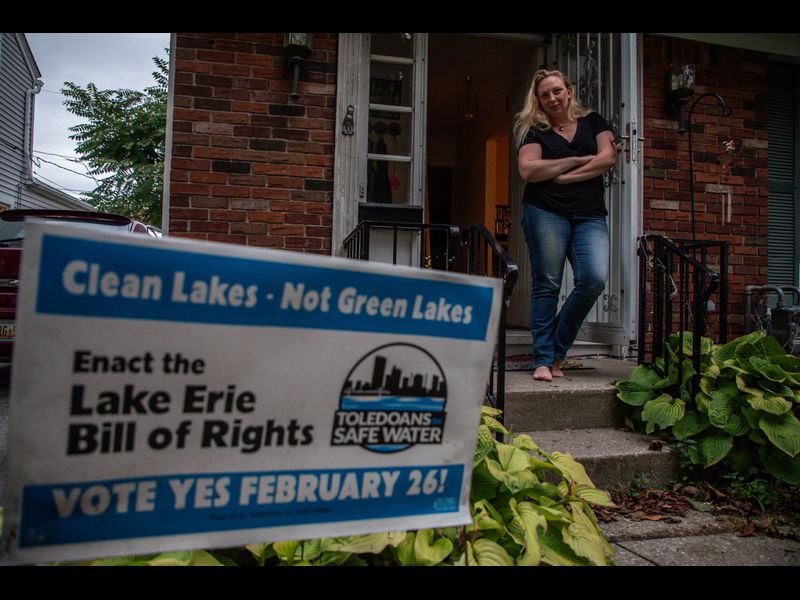
Climate change is not only causing a crisis for our oceans and coasts, but it is also having a...
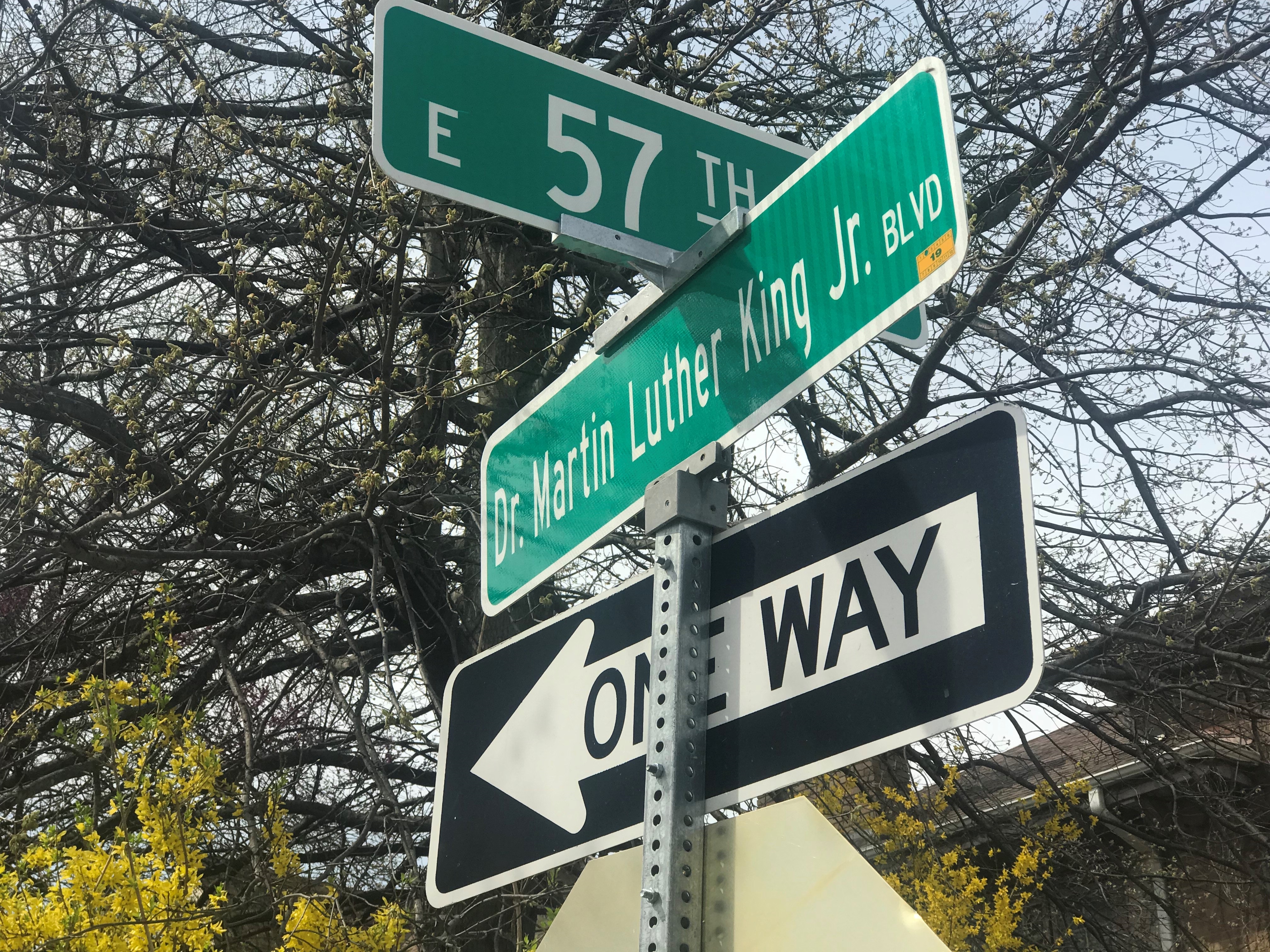
Project
A Tale of Three Kings
MLK's legacy makes a mark with more than 900 streets named after him, including most recently...
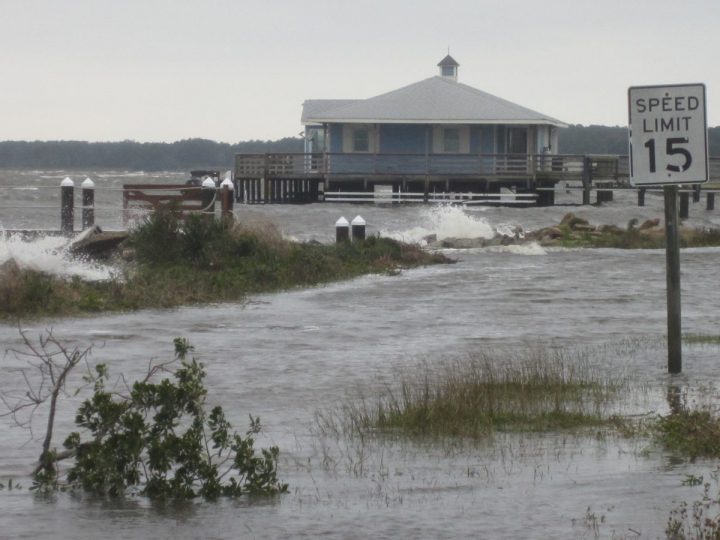
A look at how attitudes toward climate science among coastal North Carolina residents and decision...

Project
How Do We Survive?
With the economy in crisis because of the pandemic, survival is a day-to-day struggle for millions...


